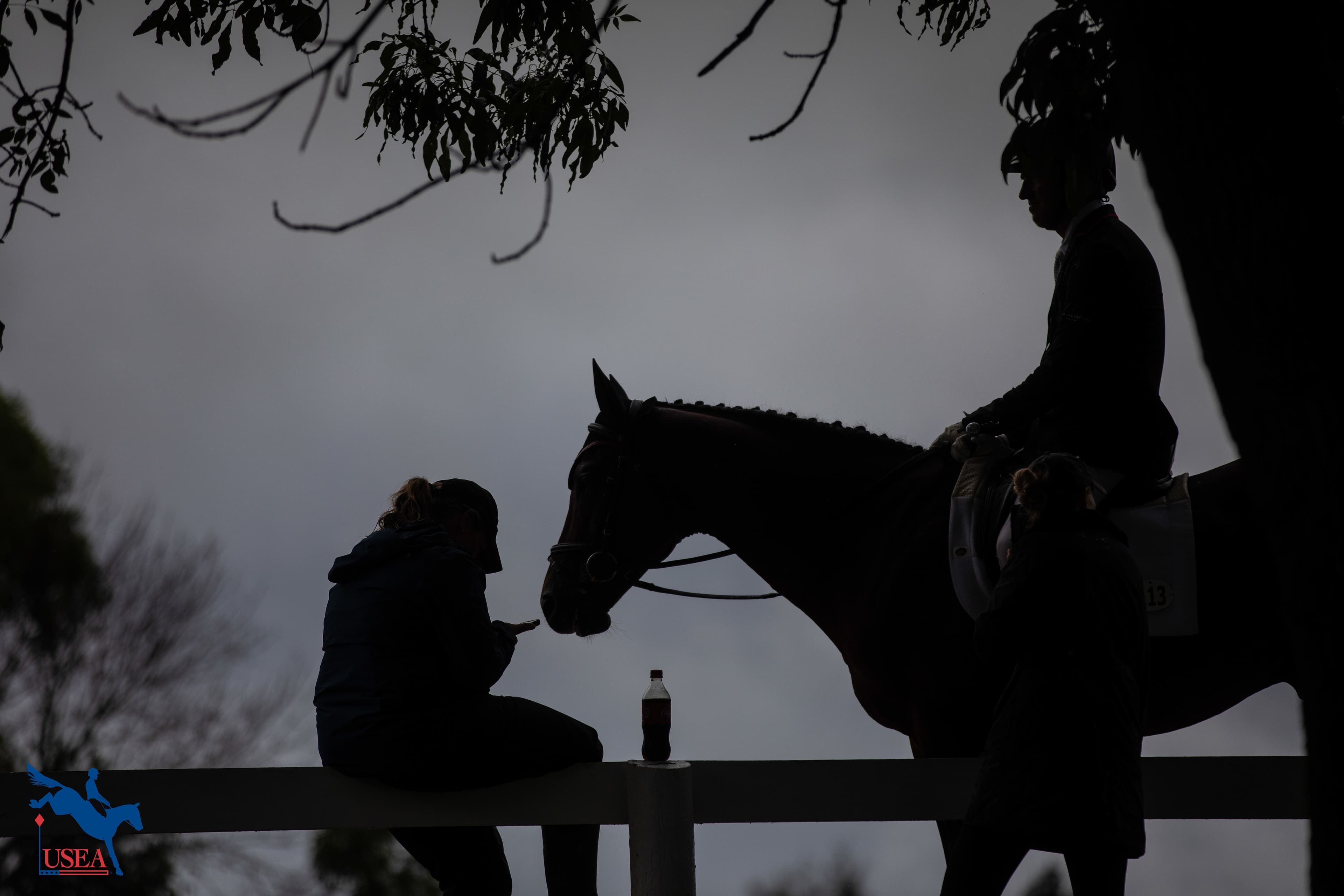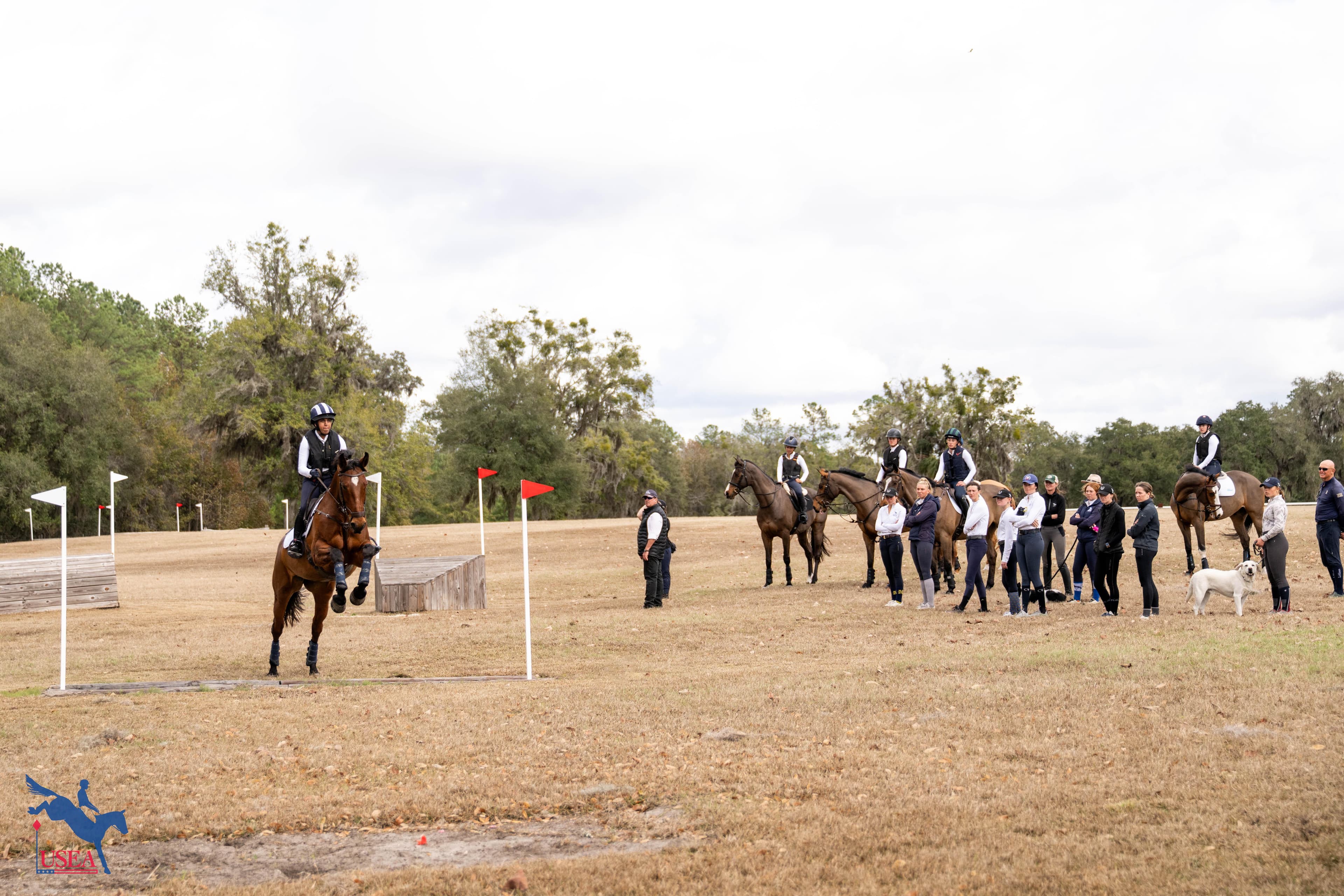There’s an App For That: The Digital Age Catches Up with the Health of our Horses

The trickiest part of the course isn’t holding your breath over the trakehner that your horse has been eyeing down after coming off a pretty gnarly bank complex—to which we say “more leg!”—even though it is a big deal. The course we're referring to isn’t actually a physical course at all, but the figurative course of our partnership with our athletic steeds, whether it be a lifetime or just for a season. And the trickiest part of this partnership is maintaining optimal health and performance for as long as possible without compromising their much deserved retirement.
Talk with any eventer and somewhere along your conversation an injury or setback regarding their mount will surely sift itself out, and how could it not? Athletes are athletes. They break down, they need maintenance, they constantly prompt us with questions and they keep us seeking out new ways to stay ahead of injuries or issues. And when we seek answers, we tend to grab our phones first and Google our concerns, then we call the vet. There’s something about our human nature that’s evolved along with the digital era—we beg to know more and offer a clue as to what the problem might be, based on a gut feeling and research, even though we’re not the professionals.We want to intimately know our partners and cater to their needs so that those all-time high moments come around more often.
Luckily, our curiosity and drive for more data has a soft place to land; cue the technology talk. Innovators within the worldwide equestrian community have started to battle frustrating setbacks with proactive measures, and those measures collectively do a hypothetical 20-meter circle around one common goal: tracking movement. Movement sounds simple but observing it in the right way is the difficult part. For instance, if that gut feeling is telling you that there’s a lameness poking its head in and out of your latest hack and you want to see your horse move freely, this is typically when your horse will drag their muzzle along the grass, stop short, trip, or drop a shoulder with their head held high to see a neighboring friend. Even with a friend’s assistance, a circle jog is hard to capture by the most trained eye.
Some advanced steps for tracking movement involve placing sensors along the horse’s body and reading them on a computer screen at your veterinary clinic, much like having heart monitor leads placed on someone’s chest. While this is a great option for capturing the spectrum of a foot fall and limb consistency, France has made advancements that are a little less wired and a little more adaptable in the field. Our approach, as a worldwide sport, is better at zeroing in on the legs and, in turn, we’re better at capturing data on specific things like fetlock extension. Measurements can even be made based off the correlation between extension and force applied by the limb, hinting at a possible lameness if the fetlock doesn’t drop as much as expected. The ultimate goal here is objective treatments and acting on these clues before they become less discreet.
Similarly, and perhaps more playfully, there are countless interactive videography options that aid in the quality of our time in the saddle. Nearly all of them include something you already have in your possession: a cell phone. With cell phones having advanced photo or video properties, newer technology has followed suit to enhance what you already have. Take lessons for example. In a lesson, it’s simple to get that immediate, live time feedback but once your lesson is over and you still have to implement those aids or just-learned skills in schooling, it can be harder to gauge the quality of your ride. With interactive tracking technology, you no longer need to bribe your friend or partner to video or take photos during your ride, and quite honestly, these stationary options act as a steadier hand! Creating content through these advancements allow you the opportunity to show off the moments where everything came together in a ride (not through a blurry video still frame), and you can even capture those not-so-perfect moments for comic relief because laughing at ourselves will never go out of style.
Tracking technology, though still considered “new,” has even ventured out on a new limb in the Netherlands, offering us more intel through a different type of visual: graphs. Graphs have been around since before our elementary math and science classes, and now they’re being used to track more specific, and let’s face it, more interesting data. There’s been a modern push to closely monitor the rehabilitation process, offering insight on upward trends—something we want to see more of—and also making us more aware of how balanced our ride is. How much time do you spend walking, trotting and cantering? How much do you train on the left and right rein? Are you aware of your preferred side or are you overusing a rein? Do you ride enough transitions? Measurements are telling us so much more than they ever have in our sport and it could effectively change the way we train, ride or observe our steeds, especially during crucial phases like rehabbing our steed, when push and rest times are crucial.
Remember when you were allowed to scribble useful notes onto an index card to serve as a cheat sheet for an upcoming test as a kid? Enter the CrossCountry Pro App as your map to a golden ride. With unbelievably clear aerial topography, you’re able to download your course and swipe through a gallery of real-time photos of each fence. Add notes that indicate preferred striding and have a clear plan before you leave the start box. With this wifi-free app, you can even get minute markers and jump times so you can ride to time with a smooth and safe pace that’s comfortable for you and your steed. You can record your course walk with GPS on your phone or download virtual guided course walks to help visualize your strategy. Again, your phone is a pivotal piece of technology that you already have in your possession. This app was created by an Australian based family—originally from Yorkshire England—and they’ve been innovating, collectively amongst their team, for over 25 years. Together, their team of five members pull different areas of mapping technology and horse experience into this user-friendly aid.
Whether you’re implementing a lesson exercise on your own time, bringing a horse back into work after a setback or introducing a baby to the sport, chances are there is an app that can help you and your horse stay in motion, and of course, tell us what that motion is saying about their progress.














